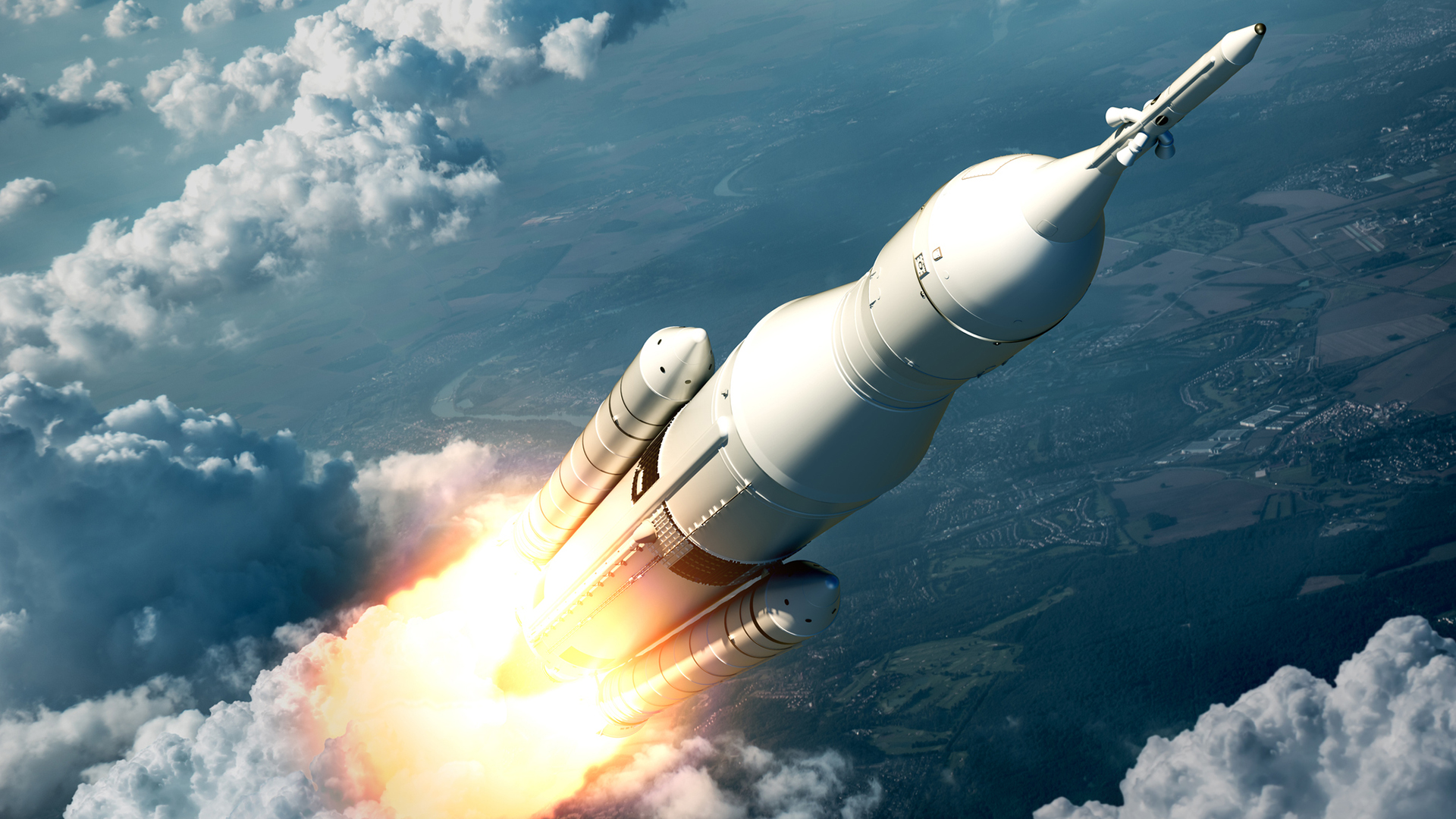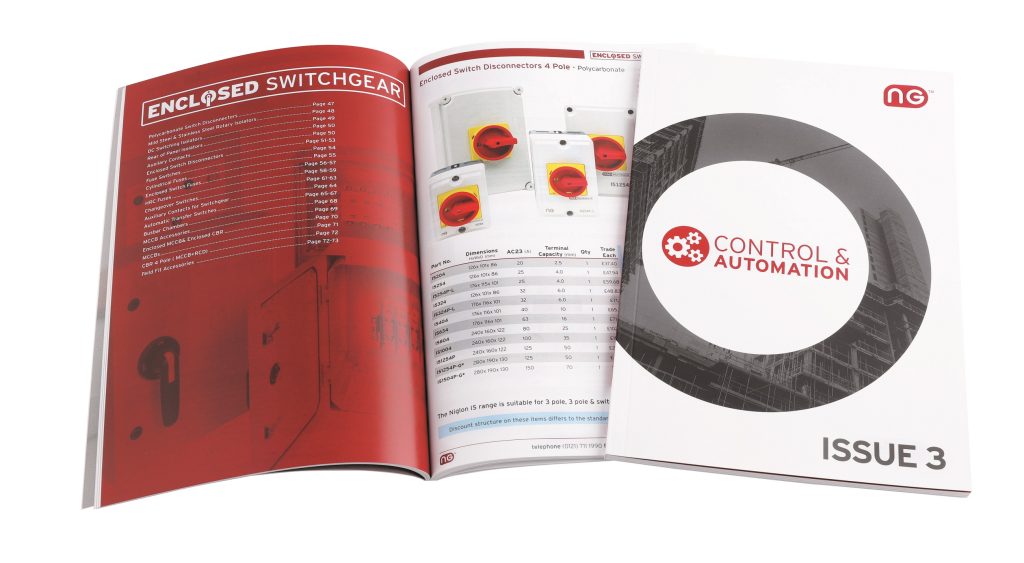A University of Central Florida researcher has received $50,000 from NASA to pioneer the fastest rocket engine to date, an advance that promises to revolutionize future space missions.
The revolutionary project will innovate the rotary detonation rocket engine. This type of rocket engine uses high-energy explosions to cultivate more energy while using less fuel, greatly increasing engine efficiency and reducing space travel costs and emissions. The technology can also be used on airplanes, taking transatlantic flight times from hours to minutes.
What is a rotary detonation rocket engine?
The rotary detonation rocket engine is powered by continuous Mach 5 blasts that rotate inside the engine. These explosions are fueled by hydrogen and oxygen propellants, which are fed into the system in certain quantities.
Mach 5 explosions deliver bursts of energy that travel between 4,500 and 5,600 miles per hour—which is more than five times the speed of sound. By harnessing the considerable power of these high-energy detonations, more energy can be generated with less fuel. This dramatically optimizes engine efficiency, making space travel more economical while limiting harmful emissions.
What will the project involve?
The effort will be led by Karim Ahmed, who has spent years researching rotary-detonation rocket engines and is an associate professor in the Department of Mechanical and Aerospace Engineering at the University of Central Florida.
The $50,000 funding will allow the team to develop a rotary detonation rocket engine to replace the traditionally used RL10 engine that currently powers most spaceflights, such as the upcoming Artemis missions.
Variants of the RL10 engine are also used in various launch vehicles, including the Atlas V, Vulcan and Orbital ATK OmegA. Researchers have already published study proving the potential performance of a rotary detonation rocket engine.
Ahmed commented: “We demonstrated the technology. Now is the time to develop. Given that the U.S. government is the world’s largest user of launch services, the advancement of lower-cost, high-performance rotary-detonation rocket motor technology will result in significant cost savings.
Additional commercial uses
This cutting-edge type of engine could also have a number of commercial applications, enabling new markets such as global satellite-based high-speed internet services due to cheaper startup costs.
In addition, federal agencies including NASA, the Department of Defense, the National Intelligence Service, and the National Oceanic and Atmospheric Administration rely on satellites and would benefit from the technology.
Rotary detonation rocket engines could also be used to improve commercial air transport, allowing coast-to-coast travel in less than 30 minutes and flights from New York to London in just five minutes.
NASA-funded rocket engine project propels space travel to new heights









